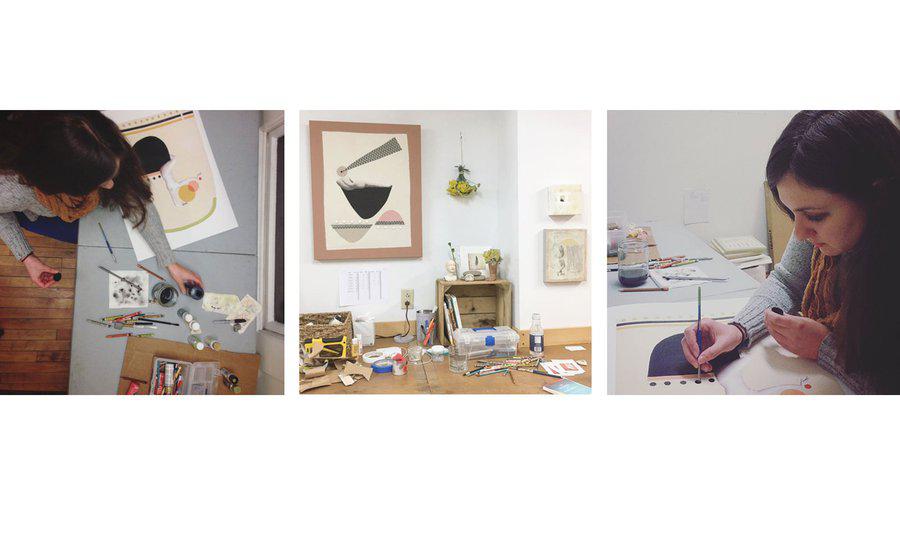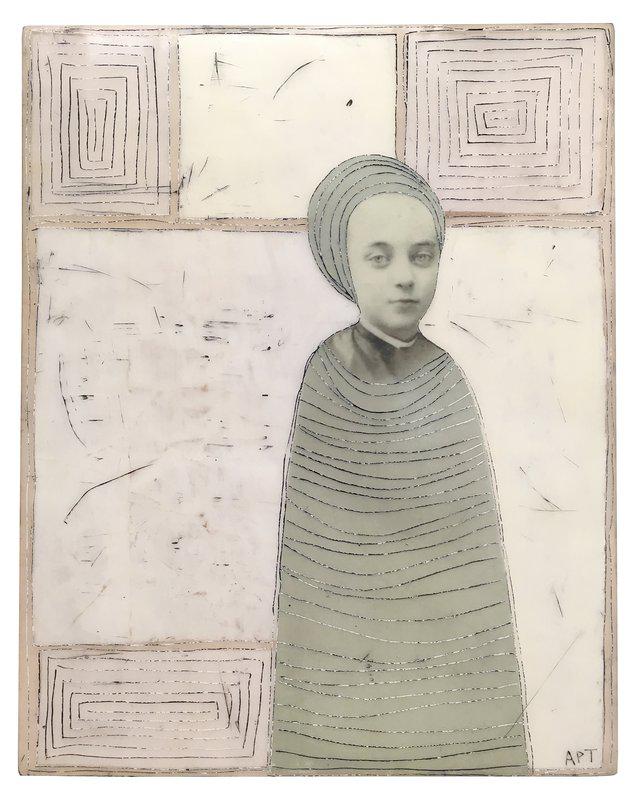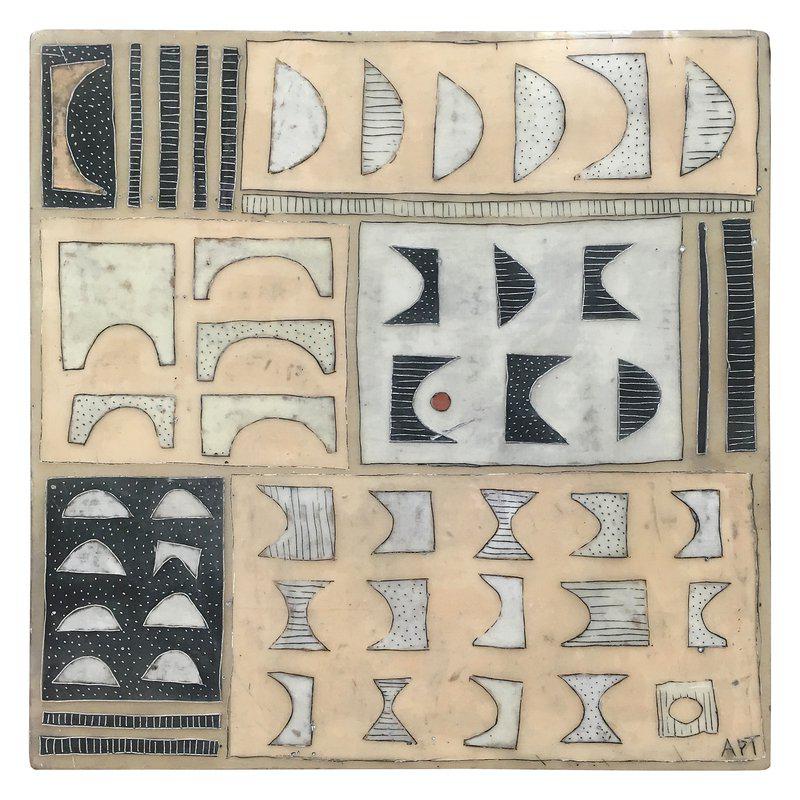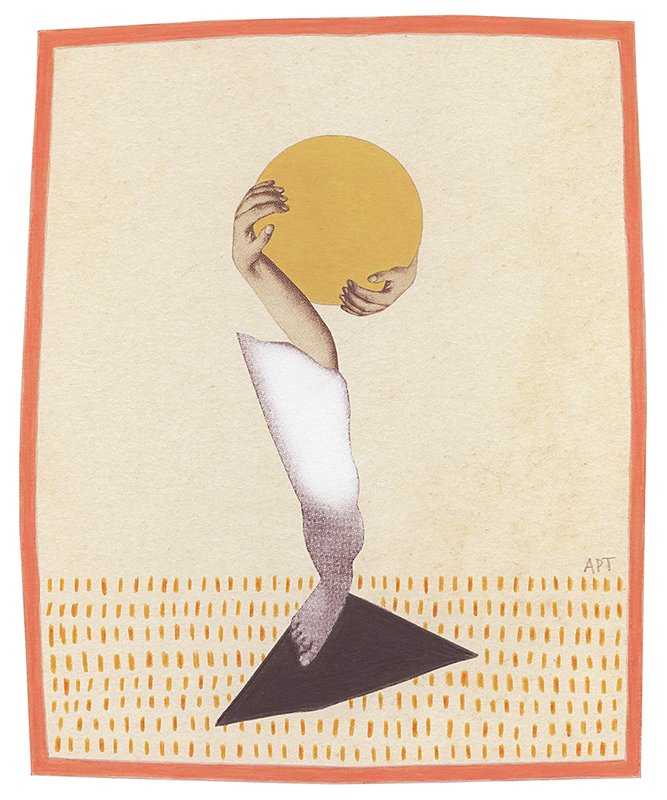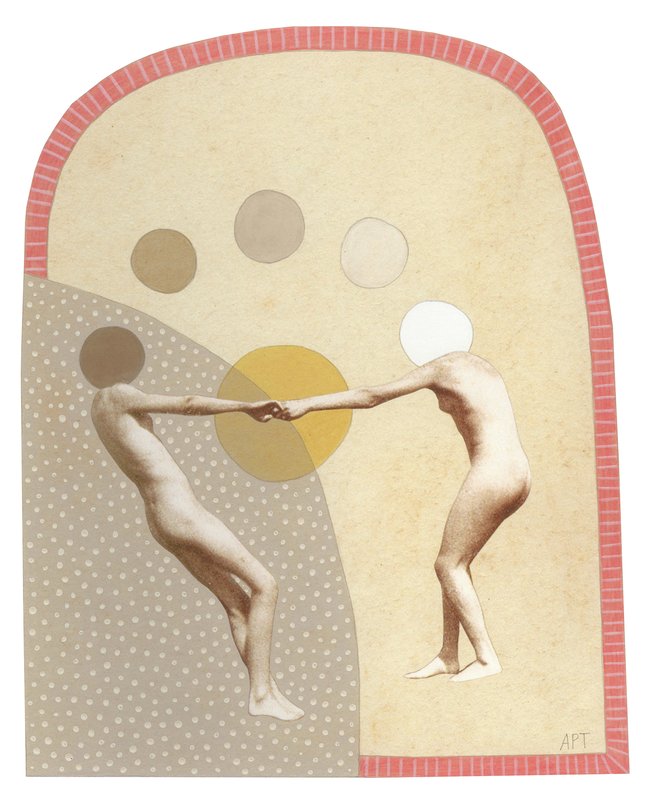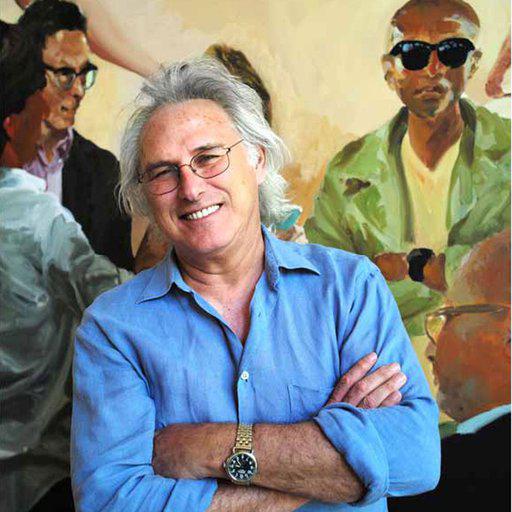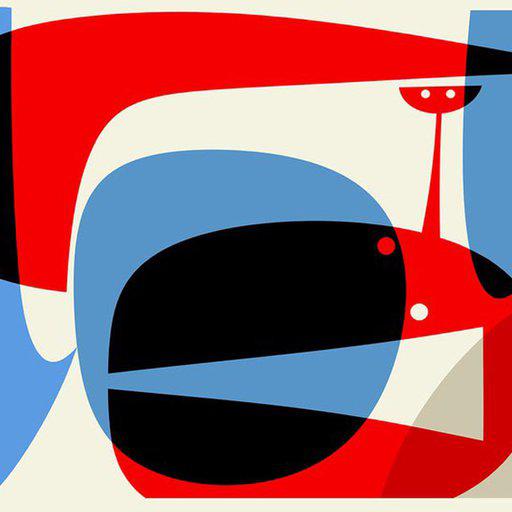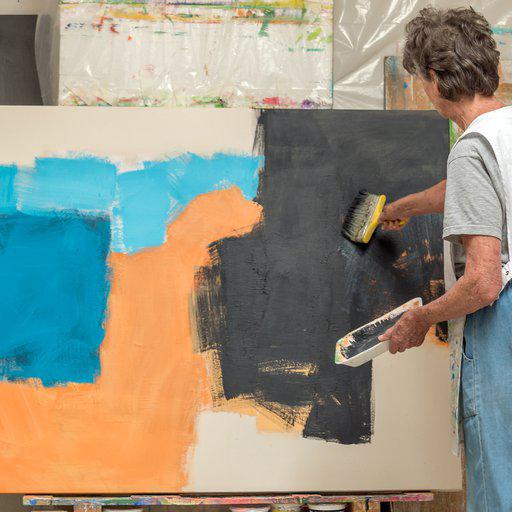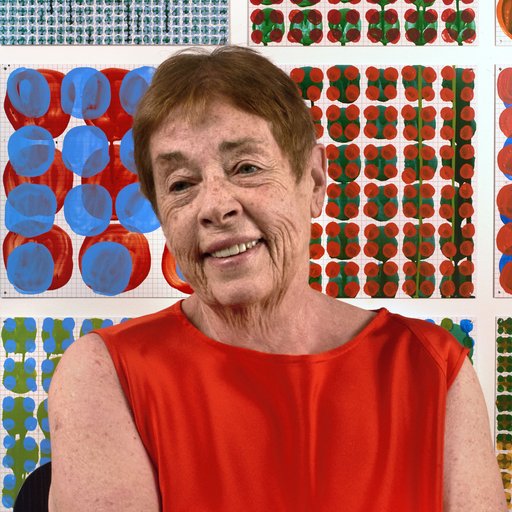"I see my practice as a meditation on transience, transformation, and the beauty of imperfection. An embrace of what is — as it is," says mixed media collage and fine artist Athena Petra Tasiopoulos.
Originally from Pennsylvania, Athena studied photography at the Art Institute of Philadelphia where she graduated at the top of her class in 2008. She currently resides in central Vermont.
Her artwork has been featured in several publications including ELLE Magazine and Frankie Magazine (Australia). Athena describes herself as a collector of second hand images – primarily ‘cabinet card’ portrait photography from the late 19th - early 20th Century.
"My imagination is continuously lured by the mystery of found photographs – 'instant relatives' discarded and forgotten in musty antique stores. It is as if these souls exist in an interesting sort of limbo – simultaneously trapped yet saved within the photograph. I find myself feeling compassion for them. By re-inventing the portrait, I aim to disjoint my subjects from an antiquated identity, allowing them to transcend the constraints of time and place."
The shapes, floating heads, disjointed body parts, (and occasionally) landscapes that make up her body of work are created using beeswax and resin.
"I work with recycled and found vintage papers encased beneath a layer of beeswax. I gravitate toward soft, muted colors — warmed and stained by time. Repetitive patterns and primitive marks carved and scraped into the surface of the wax speak to the imperfections of the human hand and the vulnerability of materiality," she says.
In her photographs, which are primarily of her surroundings - both natural and man-made - her aim is to illustrate the beauty, fragility, and truth of the present moment; the meditative poetry that can be found in the quiet and mundane. Her compositions are minimalist with a reverence for the formal elements of color, texture, and design.
"Photography offers an intriguing allusion to reality while simultaneously proposing the perplexing challenge of humanizing a mechanical technique. It is this challenge that intrigues me," Tasiopoulos says.
And like for so many of us, the current moment is offering her both challenges and opportunities. "Creating is therapeutic. It can distract and redirect our anxious thoughts and help us process our emotions,” she says. "So it’s extremely important to find a way to maintain a creative process right now."
Athena invited Artspace into her studio and her way of working in the exclusive video below. When you've watched it take a look at Athena's artist page on Artspace.
Who are the artists who turned you onto art or whose work still inspires you? I’m very intrigued by “outsider artists” and self-taught creatives who are not participating in the formal art world. Henry Darger is a favorite of mine. It’s amazing to read about all the work he created in private – undiscovered until after his death. The need to create is so uniquely human. There’s something so pure, almost spiritual, about individuals who pursue that passion privately without the need for external approval.
Cocoon , 2018
What is most most challenging part of your creative process? I’ve realized I can’t force creativity. If I’m trying too hard or feeling too self-aware my work feels contrived. I’ve found it best to just experiment through trial and error until a composition “clicks”. In this way, I feel like I’m always learning the importance of being open and constantly listening. It teaches me to be patient and work through my creative blocks knowing eventually I’ll figure out the puzzle. When a composition does feel successful, I examine the reasons why so I can learn from them and be more productive in the future. This practice, this push and pull between intuition and reasoning, helps me find balance in life – not just in the studio.
Symbols , 2019
What do you hope viewers will take away from your art? I believe the role of the artist is to start a conversation – to create prompts for self examination and reflection. We should pose questions rather than answer them. The art-object connects artist and viewer in a very intimate way – allowing us to celebrate our shared human experience and embrace the fact that multiple truths can exist simultaneously. Generally speaking though, I hope my viewers will find a sense of peace from my work. I hope my art will inspire you to pause, reflect, and be more present in the moment.











